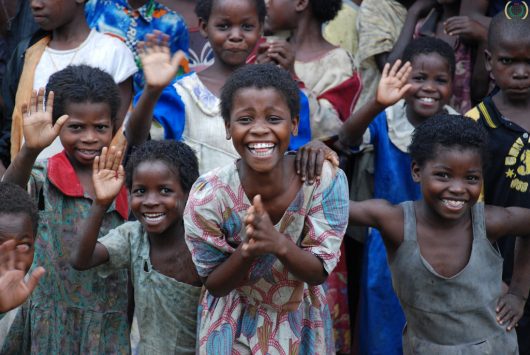
Malawi, a country in eastern Africa, has long battled with issues of governmental corruption, famine and widespread disease. However, in recent years, Malawi has seen vast improvement in important areas of societal life, with most of that improvement being a result of focused effort of international aid programs that increase the successful return of humanitarian aid to Malawi.
With 2017 having drawn to a close, the success of humanitarian aid efforts and investments to the country of Malawi are most noticeable in two distinct categories: technological advancements and food security.
Technology
In regard to technology, the most recent “hot-button” word in Malawi is drones. As of this month, UNICEF has reported the completion of a corridor for testing drones, the first of its kind in both the country, region and in the continent of Africa as a whole.
The corridor was built in the Kasungu district of Malawi, in the Kasungu Aerodrome, and according to UNICEF officials, the drones piloted in and out are planned to be used to further humanitarian causes and programs.
In a press release, UNICEF said that the drones would focus on aerial imaging, Wi-Fi and cell phone signals and transportation of goods, food and medical supplies — much like the drones that were built and piloted in the 2016 testing of the program. The early machines were put through various trials such as transporting dried blood samples from infants for HIV testing in remote clinics.
Malawi’s Minister of Transport and Public Works Jappie Mhango said that the Malawi government was already looking into using the drones to respond to natural disasters like floods and fires.
Food Security
With food sustainability, numbers have improved dramatically from September and October’s low statistics. In late 2016 and early 2017, the majority of Malawian households reported a minimal to crisis level of food security, meaning that families didn’t know where their next meal was coming from, or if it was even coming at all. Malawian crops in recent years have been affected by both an unstable economy and a surge of armyworm infestations, as well as a long-lasting and regional-spanning drought.
Humanitarian Aid to Malawi
According to the USAID-funded Famine Early Warning Systems Network, humanitarian aid to Malawi has caused an 87 percent decrease in low food security for households in the Malawi districts of Balaka and Machinga.
Project Concern International (PCI), Feed the Future and Concern Worldwide distributed more than 22,800 crop storage bags, trained 225 households across 45 communities on the use of the bags and collectively raised over $500,000 to improve food security and agricultural sustainability in Malawi in 2017.
In addition, USAID/OFDA provided a total of more than $3.5 million in 2017 to partner organizations to aid in the recovery of water sanitation and hygiene interventions.
Heading into 2018, Malawi’s food sustainability and security is on the rise, the country has embraced new technological solutions to humanitarian crises and the future looks brighter than it has in years past.
– Arianna Smith
Photo: Flickr
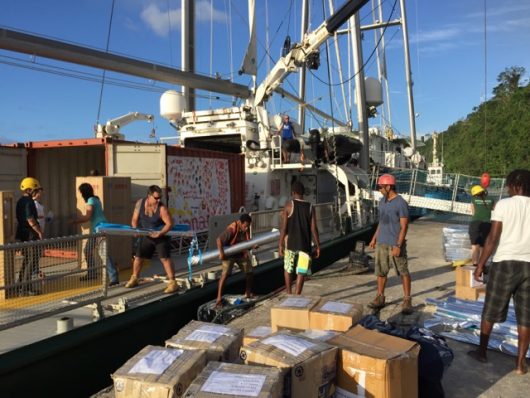
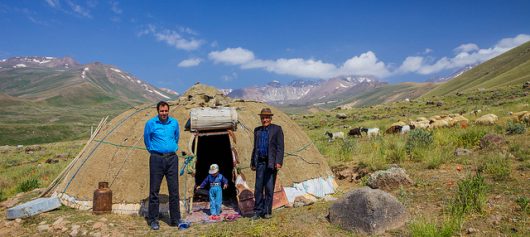

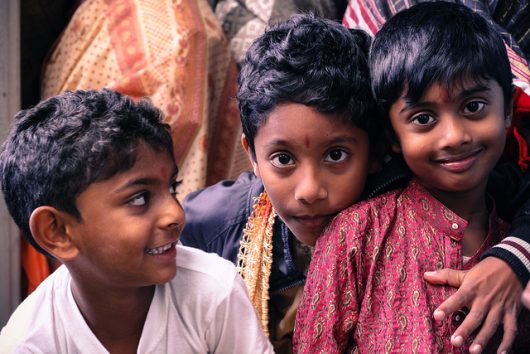
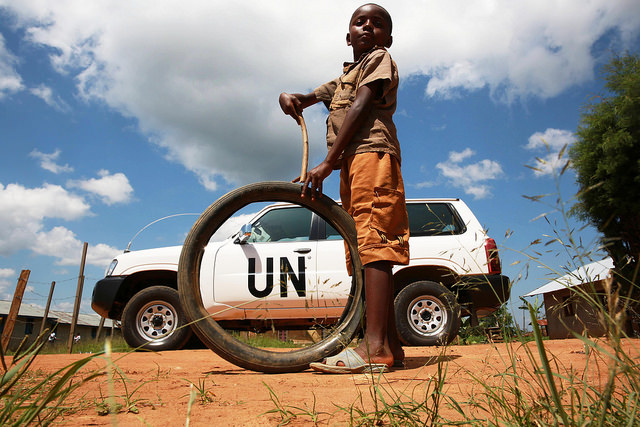 The United Nations has been working towards world peace, security and good relations in an attempt to solve economic, social, cultural and humanitarian problems globally
The United Nations has been working towards world peace, security and good relations in an attempt to solve economic, social, cultural and humanitarian problems globally 
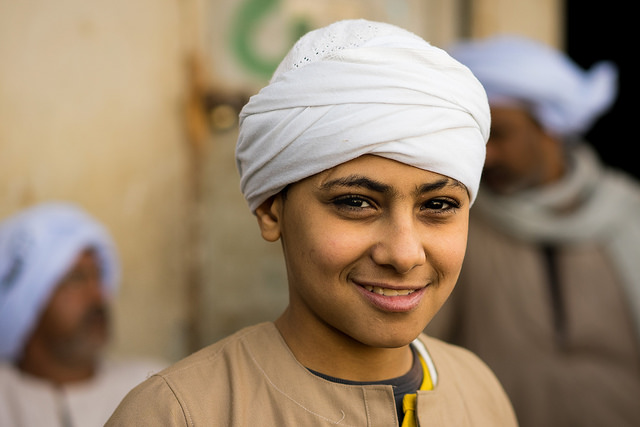 Since 1978, the U.S. Agency for International Development (USAID) has cumulatively provided more than
Since 1978, the U.S. Agency for International Development (USAID) has cumulatively provided more than 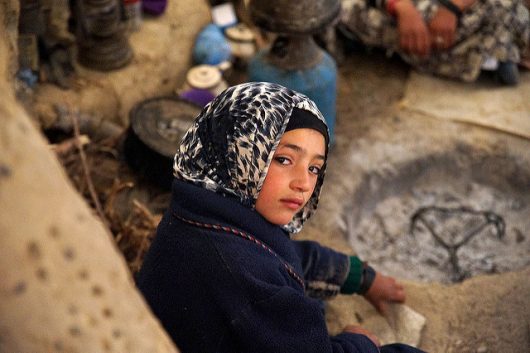
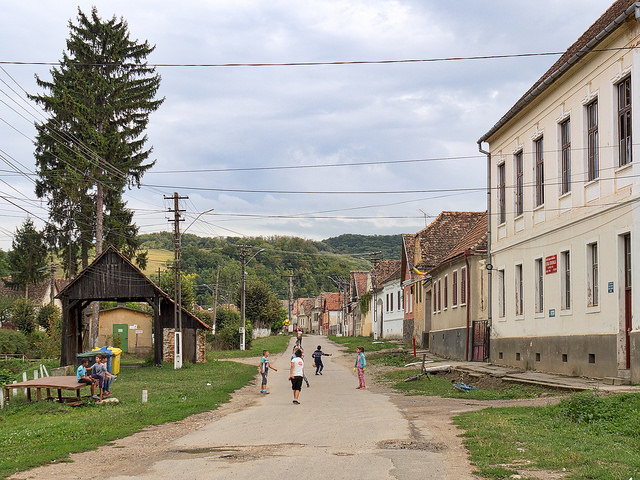 Located in the far east of Eastern Europe,
Located in the far east of Eastern Europe, 